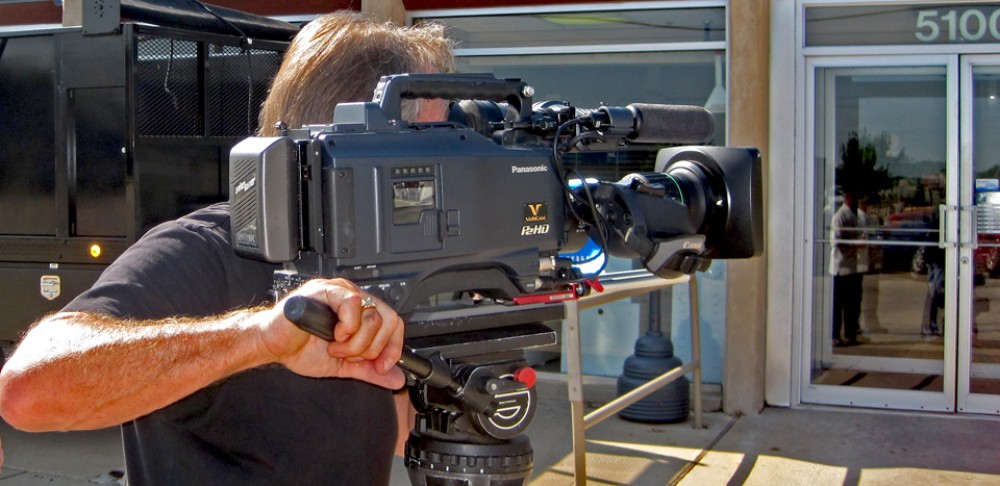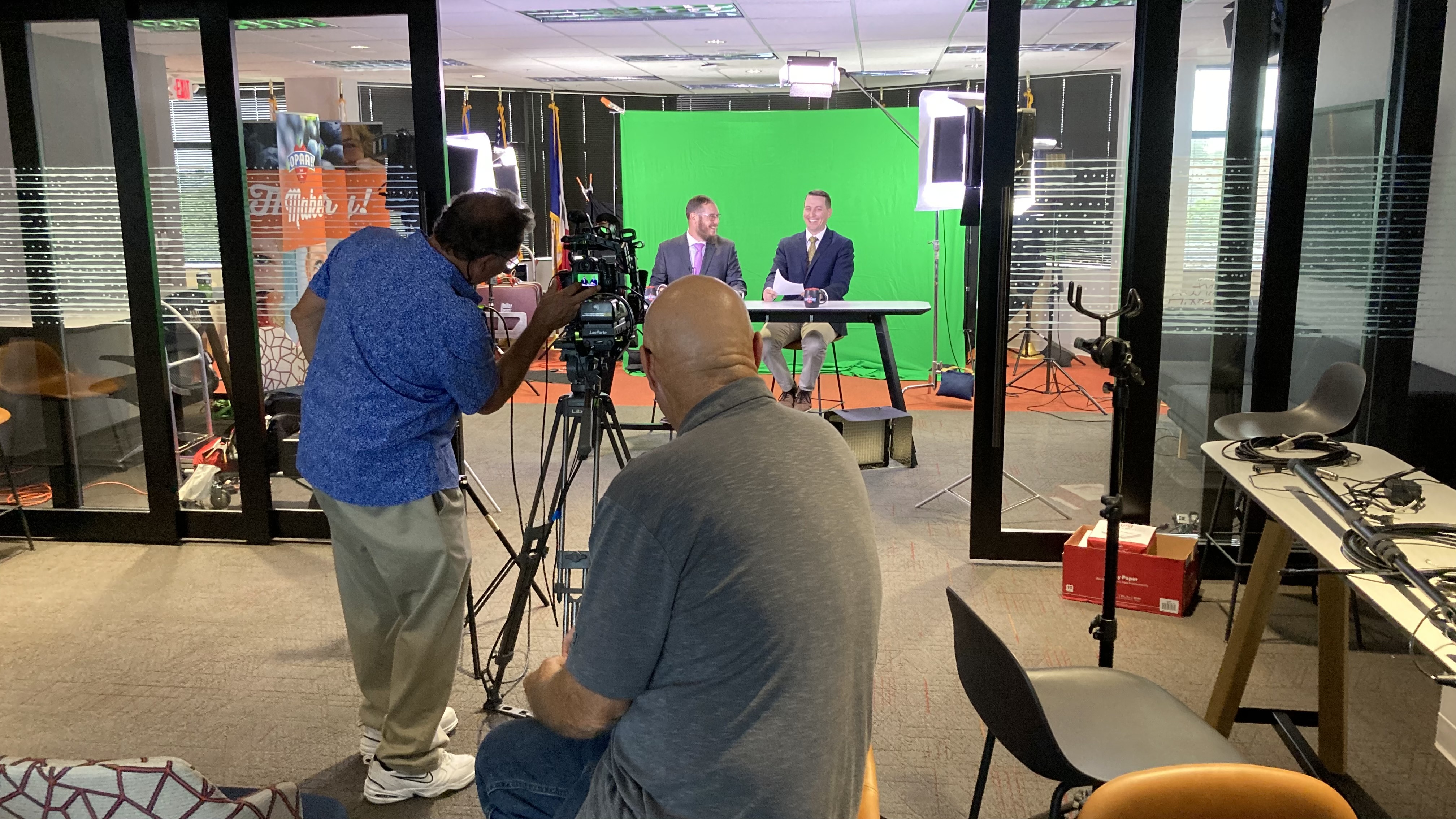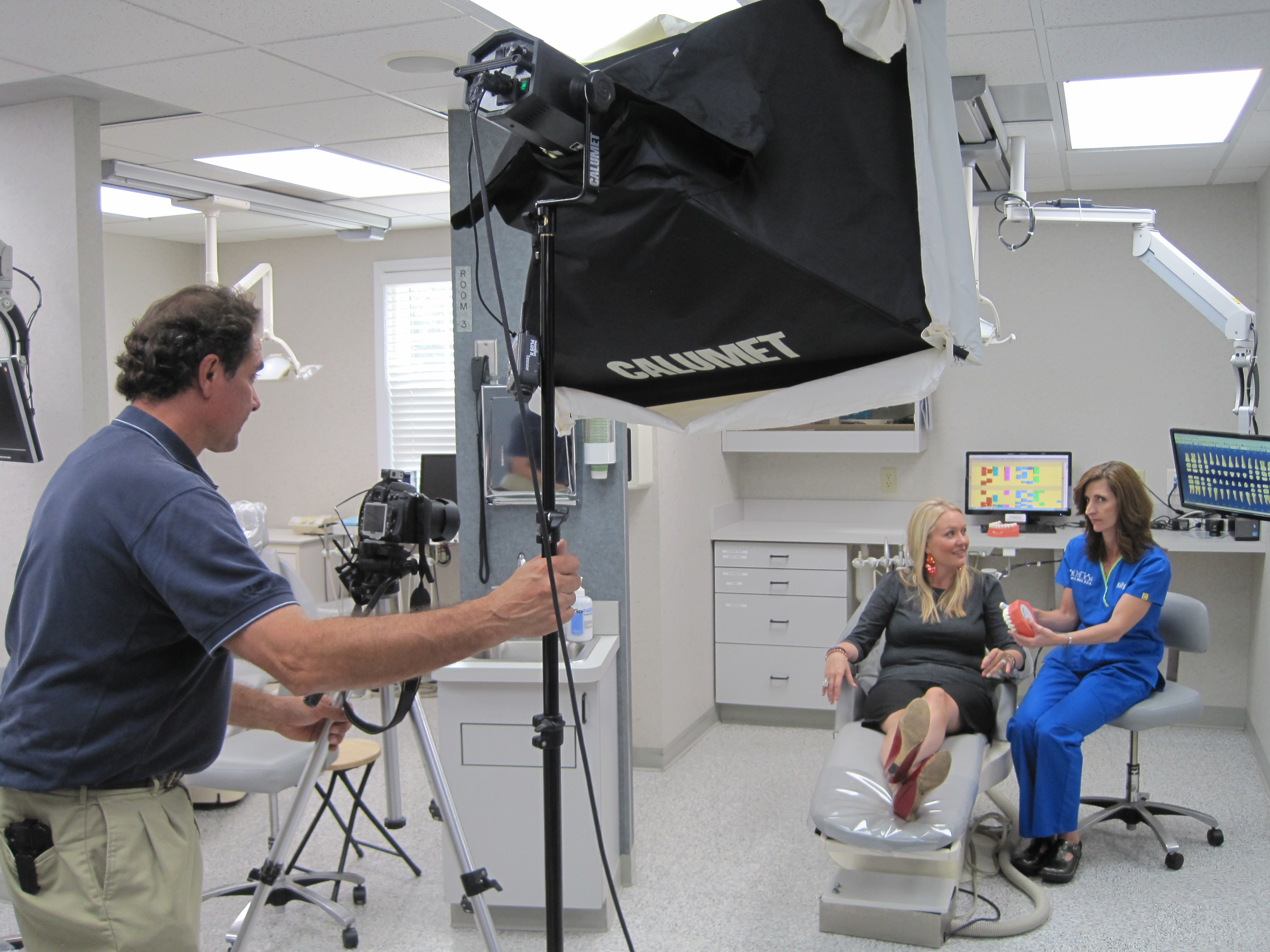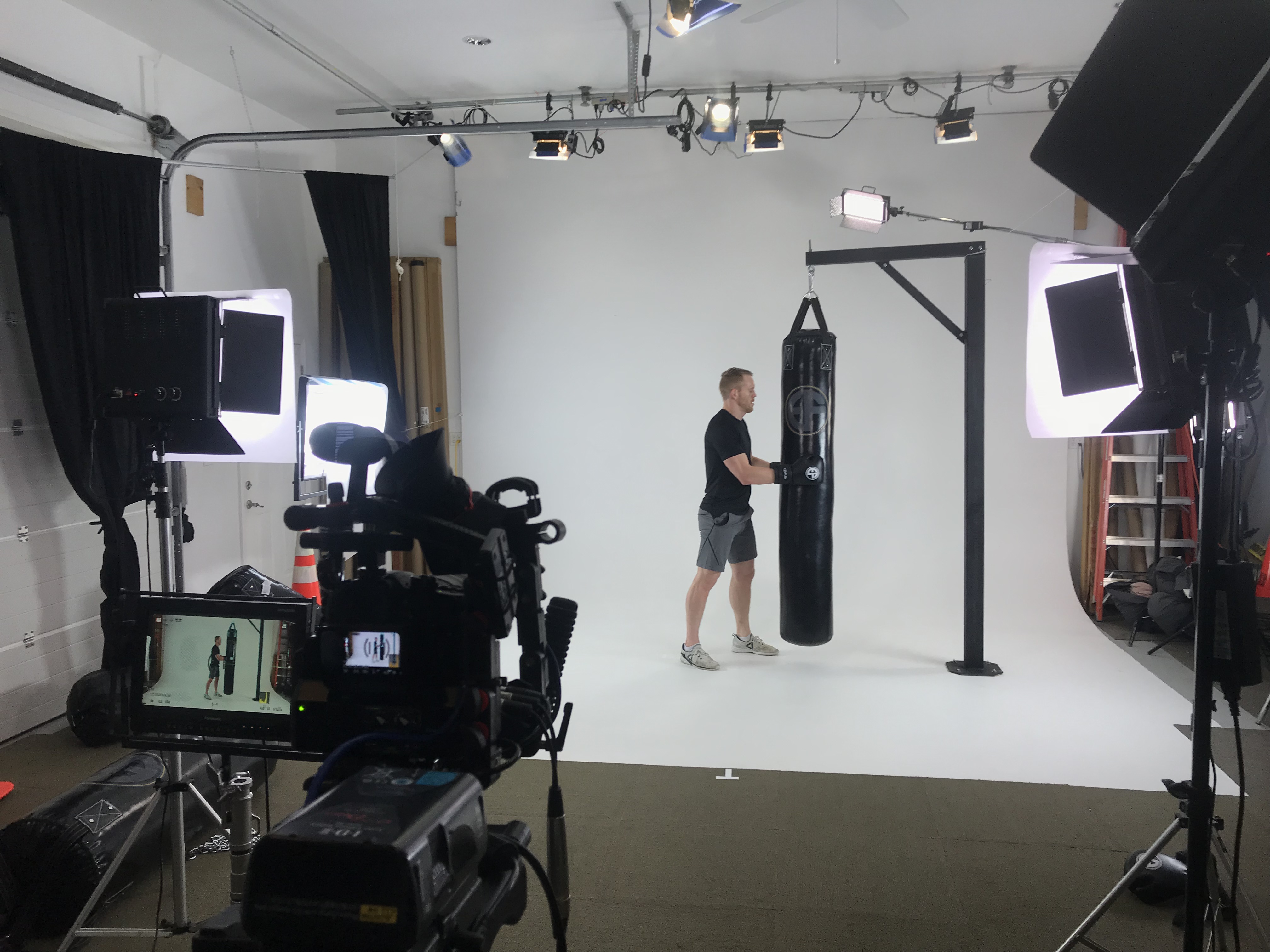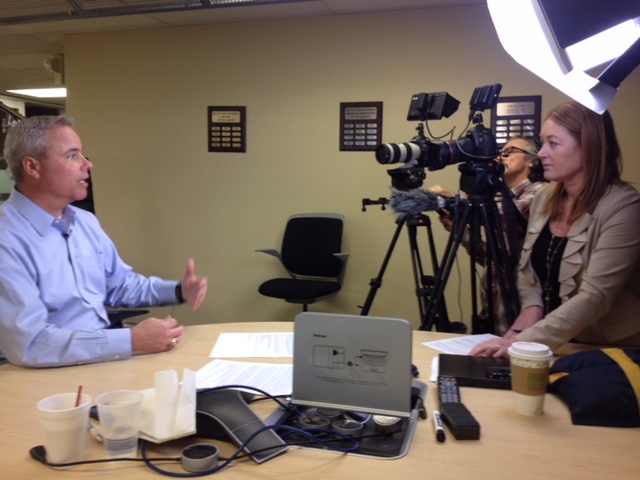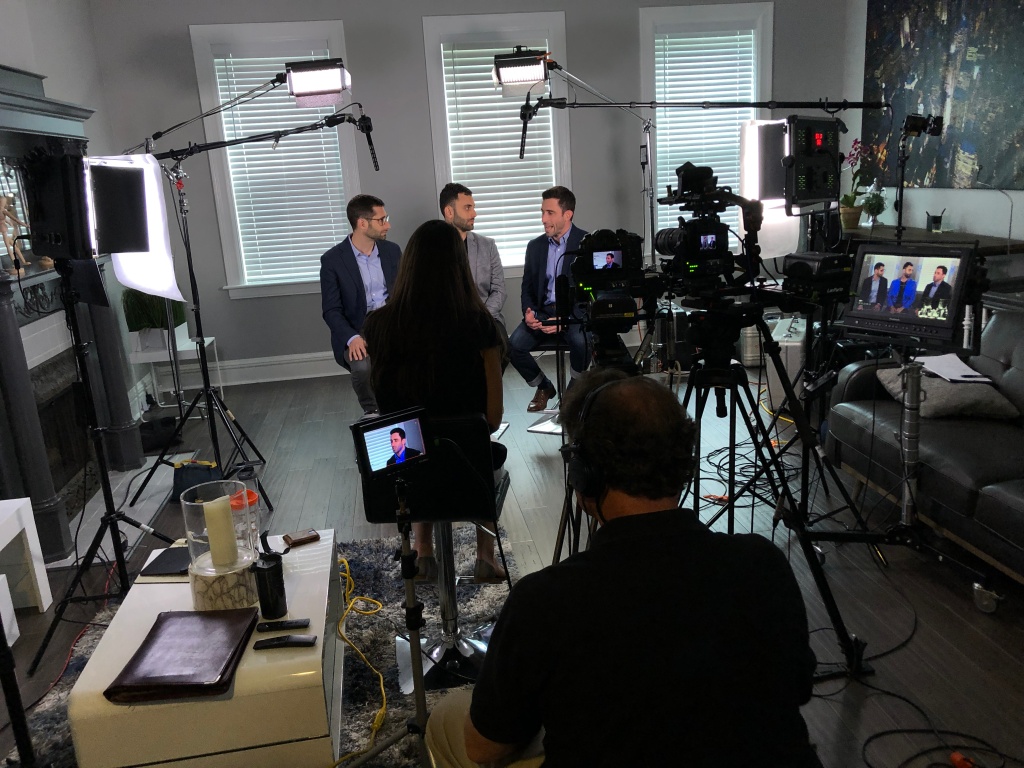Whether you’re promoting a product, showcasing an event, or telling your brand’s story, professional video interviews and candid photography are indispensable tools. They offer a dynamic way to engage your audience and leave a lasting impression.
Understanding the Importance
Video interviews and candid photography serve as powerful storytelling mediums. They allow you to convey authenticity, emotion, and depth, which can significantly enhance your brand’s narrative. Additionally, they provide valuable content for various marketing channels, including websites, social media platforms, and promotional materials.
Preparing for the Shoot
1. Storyboarding and Scripting
Before diving into the shoot, it’s essential to plan out your content. Create a storyboard outlining the shots you need and the narrative flow of your video interviews. If scripted, ensure that your questions are clear, concise, and tailored to evoke meaningful responses from your subjects.
2. Location Scouting
Choose a location that aligns with your brand and the tone of your content. Whether it’s a corporate office, event venue, or outdoor setting, consider factors such as lighting, acoustics, and ambiance. Scout the location beforehand to address any logistical challenges and optimize the shooting environment.
3. Equipment Setup
Invest in high-quality equipment to achieve professional results. This includes cameras, lenses, microphones, and lighting gear. Test your equipment prior to the shoot to ensure everything is functioning correctly and make any necessary adjustments based on the shooting environment.
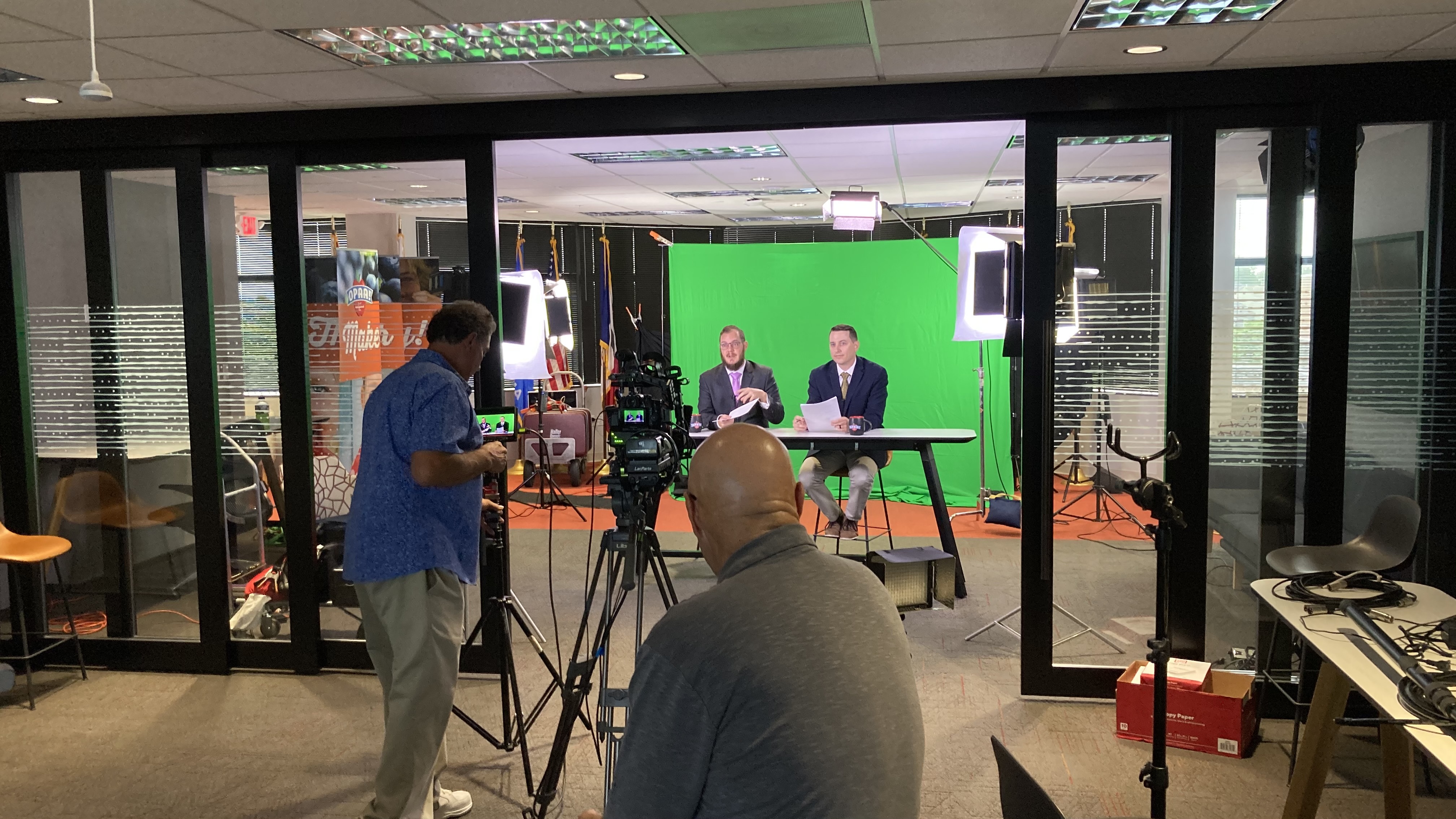






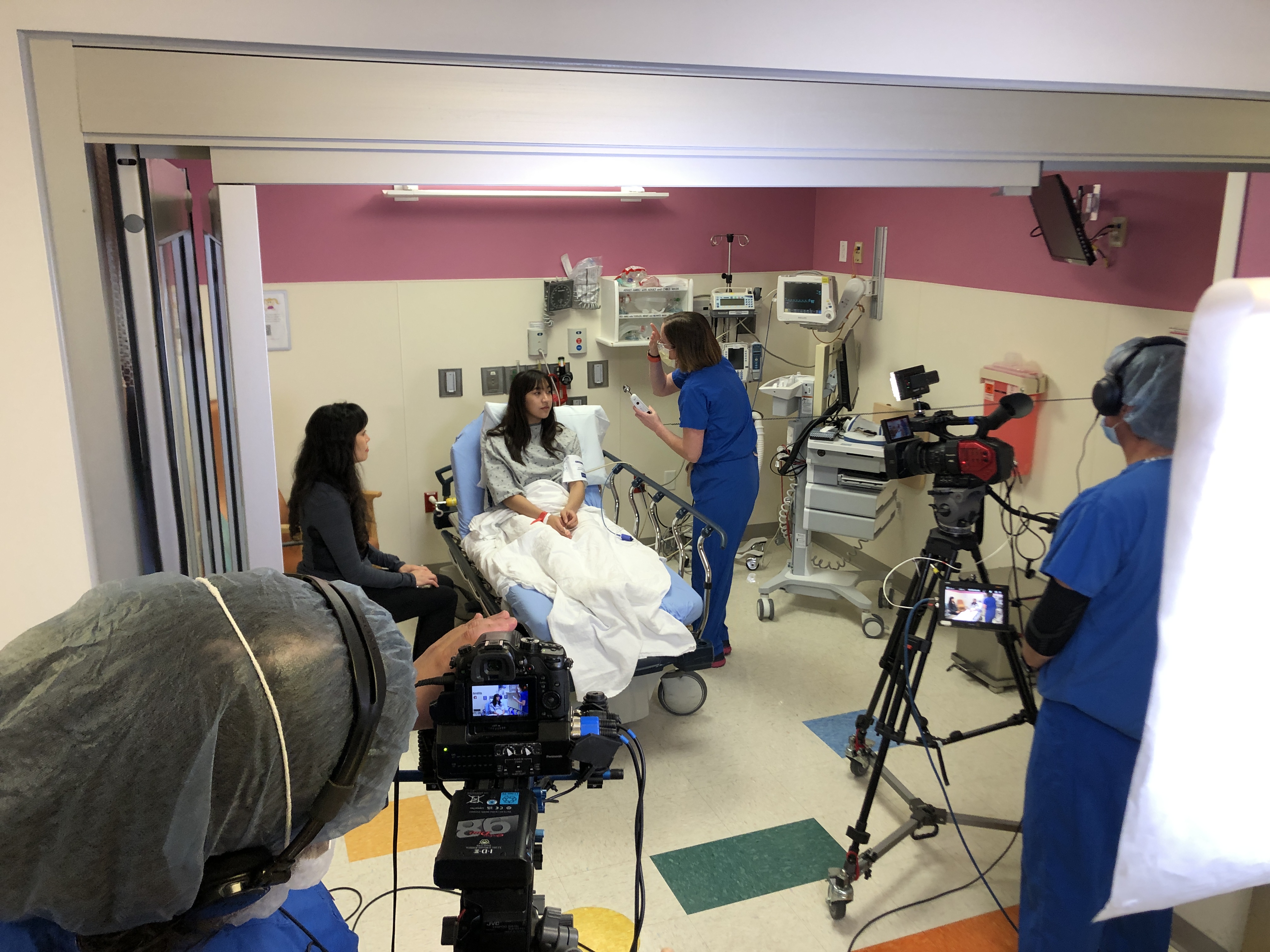
Shooting Techniques
1. Video Interviews
- Composition: Frame your subjects with care, ensuring they are centered and well-lit. Pay attention to background elements to maintain visual coherence.
- Interviewee Comfort: Establish a rapport with your interviewees to make them feel at ease. Encourage natural conversation and active listening to capture authentic responses.
- Lighting: Utilize natural light whenever possible, but supplement with artificial lighting as needed to enhance visibility and eliminate shadows.
- Sound Quality: Use high-quality microphones to capture clear audio. Minimize background noise and echo by selecting a quiet, controlled environment for filming.
2. Candid Photography
- Capture Emotion: Look for candid moments that convey emotion and authenticity. Be discreet while shooting to avoid disrupting the natural flow of events.
- Composition: Experiment with angles and perspectives to create visually compelling images. Pay attention to framing and the rule of thirds to add interest to your photos.
- Timing: Anticipate key moments and be ready to capture them in real-time. Stay alert and observant to seize spontaneous opportunities for impactful shots.
- Post-Processing: Enhance your photos through post-processing techniques such as color correction, cropping, and retouching. Maintain a consistent visual style to reinforce your brand identity.
Post-Production
1. Video Editing
- Assembly: Arrange your interview footage in a cohesive sequence that follows your storyboard. Trim unnecessary content and focus on conveying your key messages effectively.
- Graphics and Transitions: Incorporate graphics, lower thirds, and transitions to enhance visual appeal and reinforce branding elements.
- Audio Enhancement: Fine-tune audio levels and apply noise reduction techniques to ensure clarity and consistency throughout the video.
2. Photography Editing
- Culling and Selection: Review your candid photos and select the best shots that align with your storytelling objectives.
- Color Correction: Adjust color balance, exposure, and contrast to enhance visual impact and maintain consistency across your photo set.
- Retouching: Address any imperfections or distractions in your photos through retouching techniques such as blemish removal and object removal.
Conclusion
Shooting professional video interviews and candid photography at events requires careful planning, technical expertise, and creative vision. By following the guidelines outlined in this guide, you can elevate your visual content and effectively communicate your brand’s message to your audience.
Remember, consistency is key in maintaining a cohesive brand identity across all your marketing channels. Whether you’re producing corporate videos or capturing candid moments at events, strive for excellence in every aspect of your visual content creation process.
At St Louis Camera Crew, we understand the intricacies of producing professional video interviews and candid photography for businesses and organizations. With our experienced team of photographers, videographers, and editors, we offer full-service solutions tailored to your specific needs. From conceptualization to post-production, we’re dedicated to delivering high-quality imagery that resonates with your audience and enhances your brand’s visibility. Contact us today to learn more about how we can elevate your visual storytelling efforts.
